A crossword researching different proper nouns.
Use this crossword to help your students use their grammar skills to identify different proper nouns.
This teaching resource also includes a solution page.
Updated: 06 Jun 2023
A crossword researching different proper nouns.
Non-Editable: PDF
Pages: 2 Pages
Years: 3 - 5
Tag #TeachStarter on Instagram for a chance to be featured!
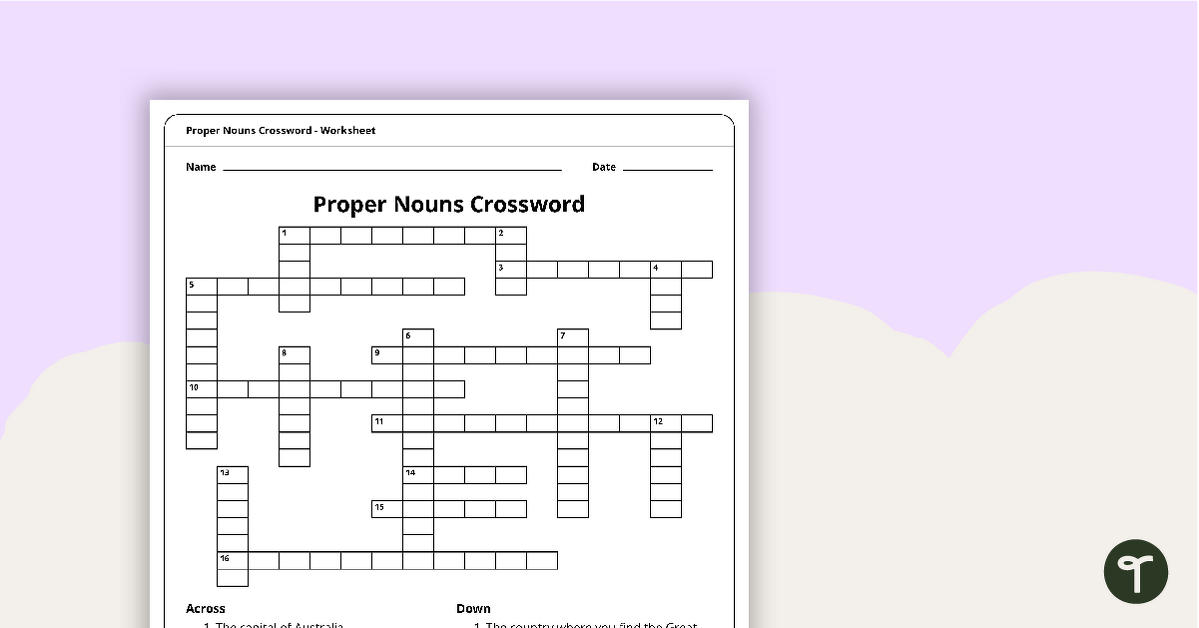
A crossword researching different proper nouns.
Use this crossword to help your students use their grammar skills to identify different proper nouns.
This teaching resource also includes a solution page.

We create premium quality, downloadable teaching resources for primary/elementary school teachers that make classrooms buzz!
A spelling error has been corrected.
Would you like something changed or customised on this resource? While our team makes every effort to complete change suggestions, we can't guarantee that every change will be completed.
Did you spot an error on this resource? Please let us know and we will fix it shortly.
Are you having trouble downloading or viewing this resource? Please try the following steps:
If you are still having difficulty, please visit the Teach Starter Help Desk or contact us .
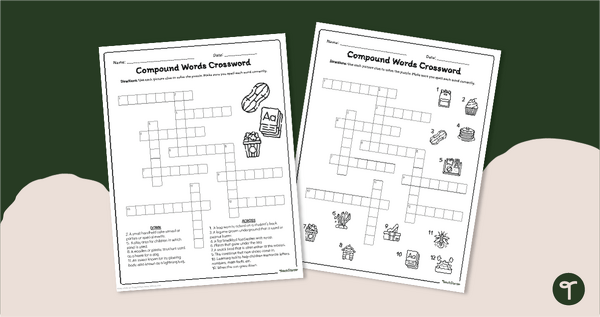
Boost vocabulary skills with a pack of printable Compound Word Crossword Puzzles!
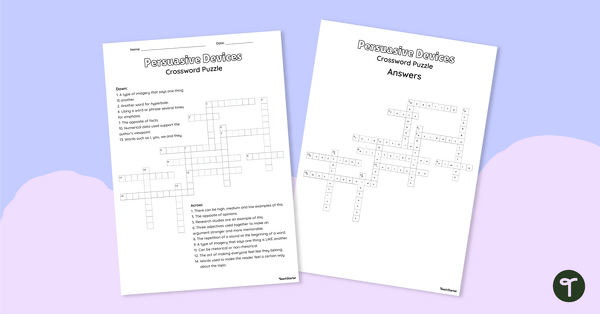
Familiarise your students with the most common persuasive devices with an engaging crossword puzzle.

Use an Animal Adaptations Crossword puzzle to review physiological, structural, and behavioural adaptation concepts.
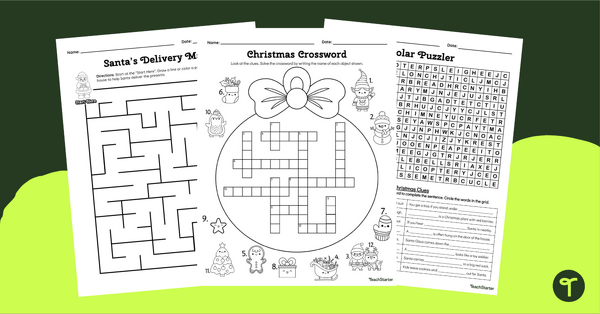
Have some word-friendly Christmas fun with a pack of printable Christmas word games for kids.
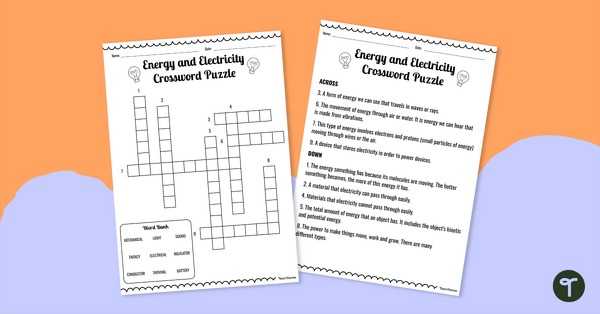
Reinforce science vocabulary with a free energy and electricity crossword puzzle.

Review vocabulary skills and boost your students’ knowledge of prefixes with a printable crossword puzzle.
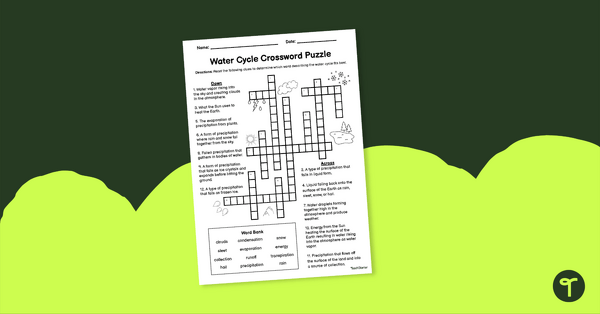
Review water cycle vocabulary with a crossword puzzle.
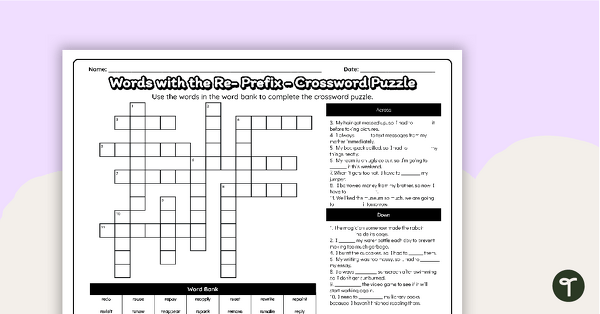
Review vocabulary skills and boost your students’ knowledge of the “Re-” prefix with a crossword puzzle worksheet.
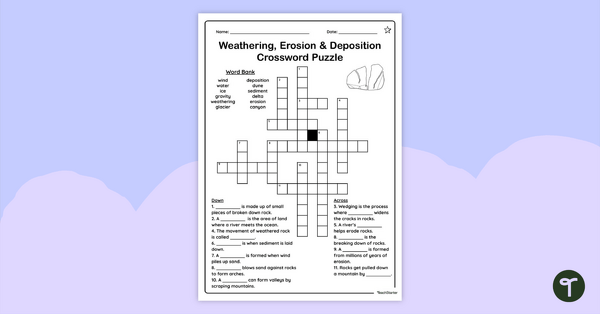
Review science vocabulary terms associated with weathering, erosion and deposition with a crossword puzzle.
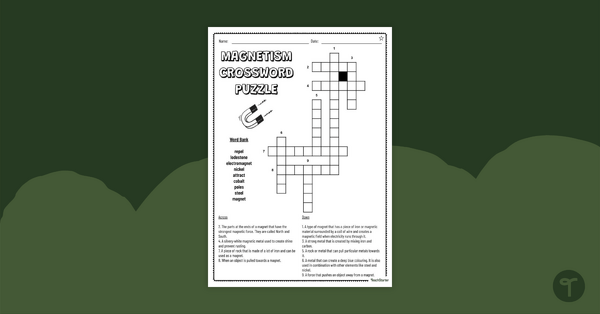
Use this magnetism crossword puzzle to reinforce the scientific vocabulary related this non-contact force.
0 Comments
Write a review to help other teachers and parents like yourself. If you'd like to request a change to this resource, or report an error, select the corresponding tab above.